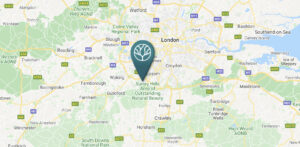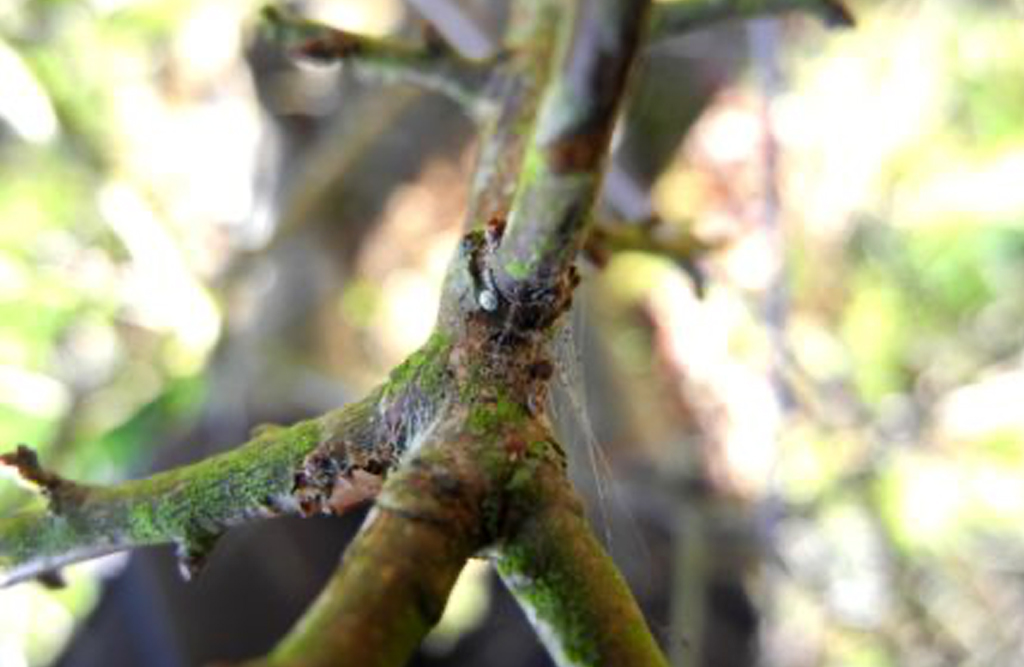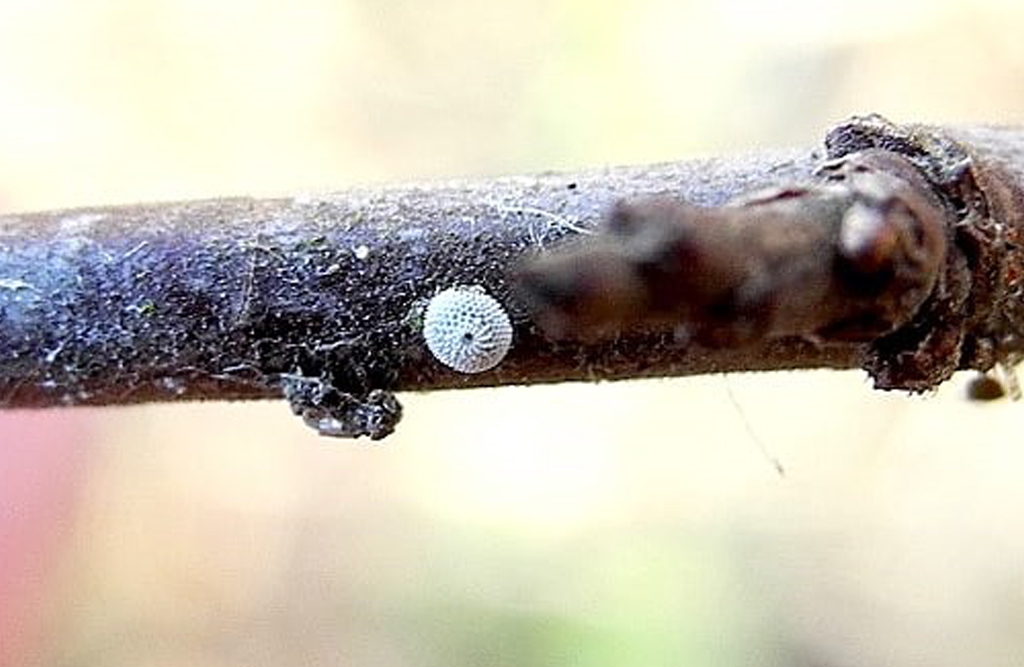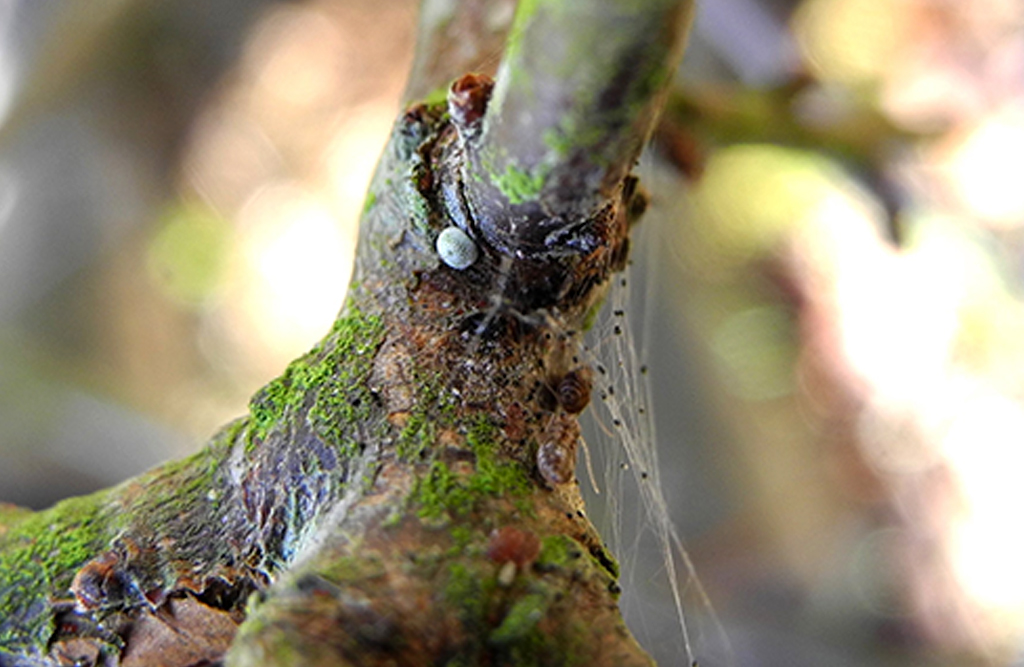BROWN HAIRSTREAK SURVEY
The brown hairstreak butterfly (Thecla betulae) is severely declining in the UK with a 49% reduction in occurrence between 1976 and 2014 (Fox et al. 2015). This is thought to be due to the loss of hedgerows, inappropriate hedgerow management and the loss of traditional woodland practices such as coppicing. Its distribution is restricted to only seven or eight population centres across England and Wales, including the heavily wooded clays of the west Weald in West Sussex and Surrey.
Local biodiversity records identified the brown hairstreak in the vicinity of a large site in West Sussex. The Ecology Partnership were instructed to undertake a brown hairstreak survey in conjunction with numerous other ecology surveys on site. Since adult brown hairstreak butterflies are elusive and tend to remain in the canopy of trees, an egg search is considered to be a more reliable survey method. Eggs are usually laid singly in the fork of young blackthorn (Prunus spinosa) growth less than 1.5m above ground, in sheltered positions with a west or south-facing aspect (Merckx & Berwaerts 2010).
An egg search was carried out in January, as winter is the best time of year to find eggs given the lack of vegetation. The search methodology followed monitoring guidance for the UK Butterfly Monitoring Scheme (UKBMS, 2016). Hedgerows with a higher density of young blackthorn present and a reduced management scheme were chosen. Brown hairstreaks require blackthorn which is not flailed every year to lay their eggs since the eggs overwinter and do not hatch until April or May.
A total of eleven brown hairstreak eggs were found over three hedges in the centre of the site. These can be differentiated from other butterfly/moth eggs by their round sea urchin shape and bright white colour. These findings provide new records for the area and identify a brown hairstreak population using the site and the surrounding area.
In order to ensure the continued presence of this species post-development, it was recommended that new areas of blackthorn be created along south facing hedgerows throughout the site. These would then be sensitively managed to ensure a constant resource of young and suckering blackthorn for egg-laying females. Connectivity through the site and into the wider landscape is also an essential component of the design scheme.
Please contact us for more information regarding invertebrate surveys including species-specific evaluations or call us on 01372 364 133.
References:
Fox, R., Brereton, T.M., Asher, J., August, T.A., Botham, M.S., Bourn, N.A.D., Cruickshanks, K.L., Bulman, C.R., Ellis, S., Harrower, C.A., Middlebrook, I., Noble, D.G., Powney, G.D., Randle, Z., Warren, M.S. & Roy, D.B. (2015) The State of the UK’s Butterflies 2015. Butterfly Conservation and The Centre of Ecology and Hydrology, Wareham.
Merckx, T. & Berwaerts, K. (2010) What types of hedgerows do Brown Hairstreak (Thecla betulae L.) butterflies prefer? Implications for European agricultural landscape conservation. Insect Conservation and Diversity, 3(3): 194-204.
UKBMS (2016) NG3: Brown Hairstreak Egg Count Guidance Notes. Butterfly Conservation and The Centre for Ecology and Hydrology, Wareham.







